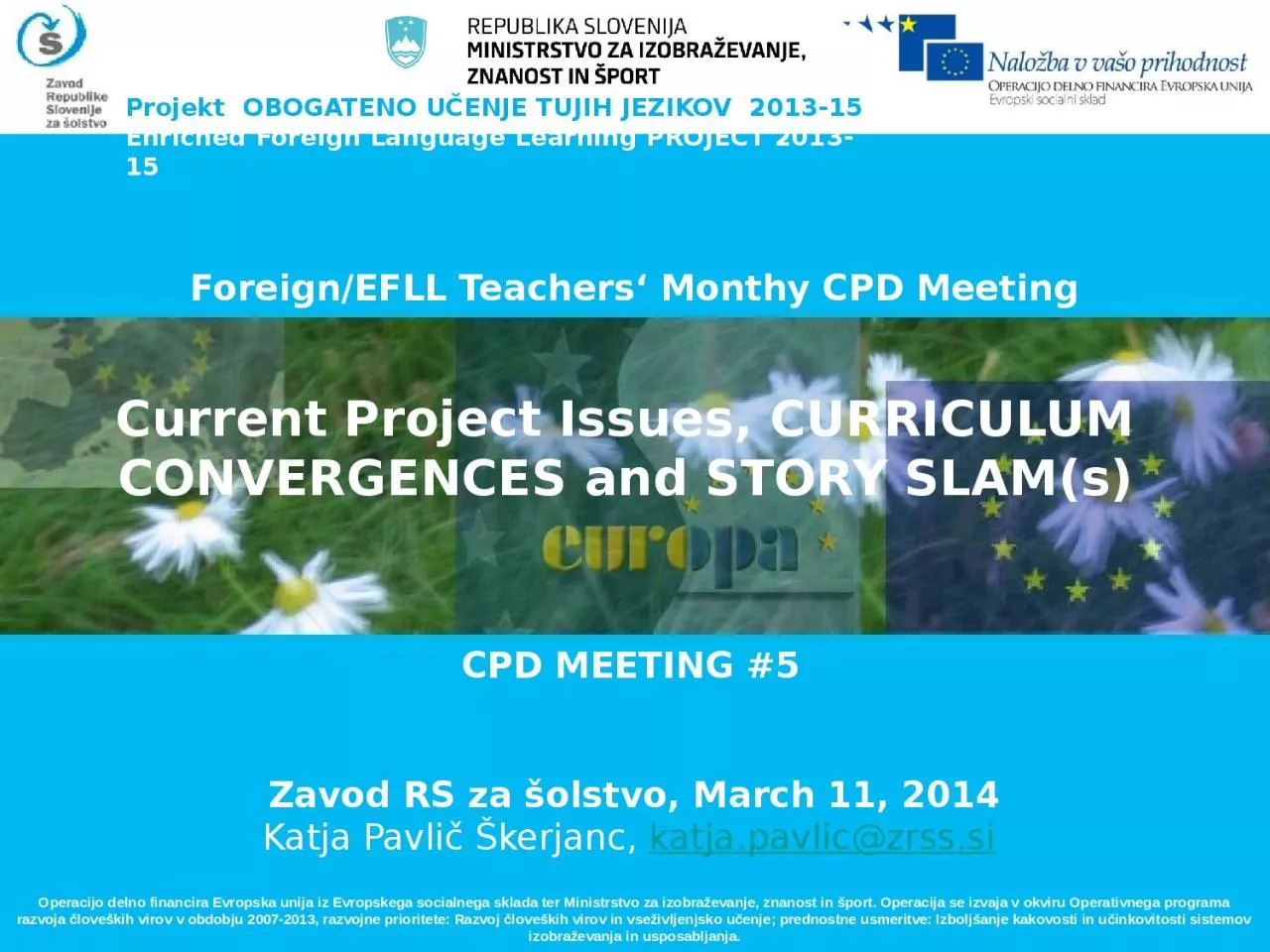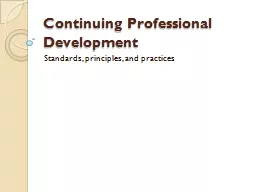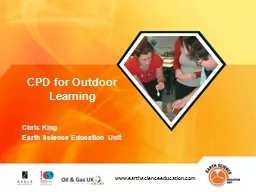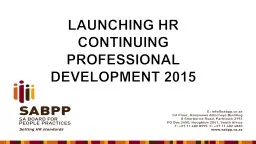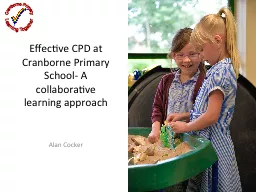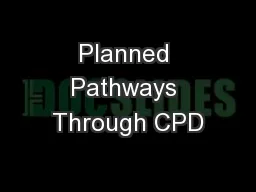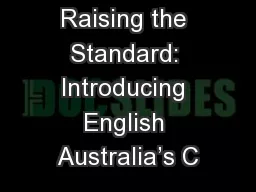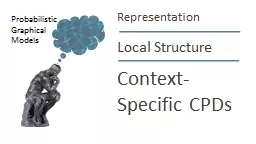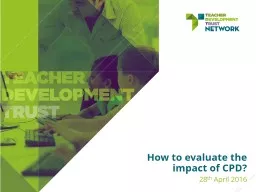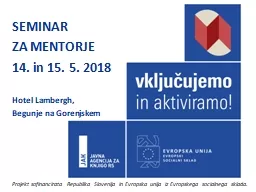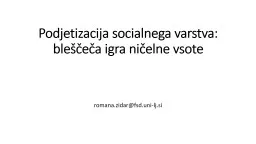PPT-CPD MEETING #5 Operacijo delno financira Evropska unija iz Evropskega socialnega sklada
Author : riley | Published Date : 2024-03-13
izobraževanje znanost in šport Operacija se izvaja v okviru Operativnega programa razvoja človeških virov v obdobju 20072013 razvojne prioritete Razvoj človeških
Presentation Embed Code
Download Presentation
Download Presentation The PPT/PDF document "CPD MEETING #5 Operacijo delno financira..." is the property of its rightful owner. Permission is granted to download and print the materials on this website for personal, non-commercial use only, and to display it on your personal computer provided you do not modify the materials and that you retain all copyright notices contained in the materials. By downloading content from our website, you accept the terms of this agreement.
CPD MEETING #5 Operacijo delno financira Evropska unija iz Evropskega socialnega sklada: Transcript
Download Rules Of Document
"CPD MEETING #5 Operacijo delno financira Evropska unija iz Evropskega socialnega sklada"The content belongs to its owner. You may download and print it for personal use, without modification, and keep all copyright notices. By downloading, you agree to these terms.
Related Documents

